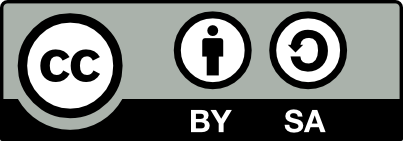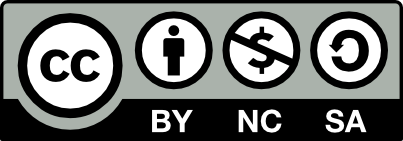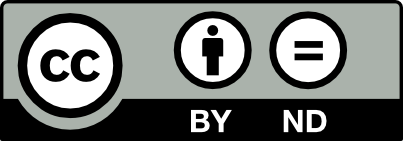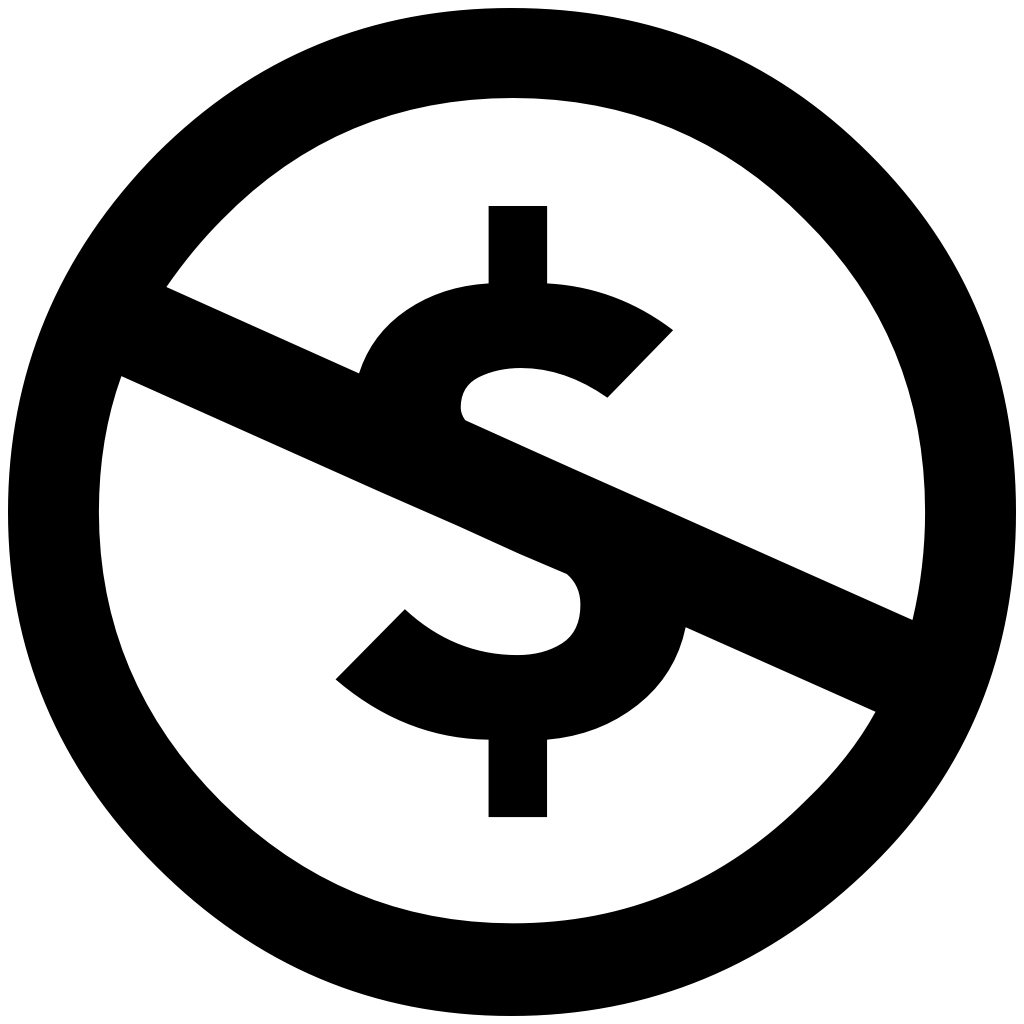Understanding Open Licensing
Open licensing allows people to legally use, modify, or share copyrighted content. In Canada, authors automatically have copyright for the work they create, which lasts until the work enters the public domain.
Creative Commons (CC) licenses work within copyright law to allow legal exceptions to how a work can be used, giving users permission in advance to use their work and the ability to add limitations to how their work can be used. These licenses allow creators to communicate which rights they reserve, and which rights they waive for the benefit of recipients or other creators. Each of their licenses is represented with a symbol that explains all the rights associated with the resource.
Choosing a License
There are six licenses to choose from, each with different rights and conditions for use. The following is a general outline for how to choose which open license to apply to your work with resources to help you at each stage.
Further Reading
Other Open Licenses
While Creative Commons are the most common open licenses used in open education work, there are several other open licenses that you may find during your search for materials to use. They are letting you use their work, but will have their own set of requirements. Be sure to read the terms and conditions page to make sure you are following the rules for use.
Examples of other Open Licenses:
- Canada Open Government Licence – Access information that is disclosed as part of the federal government’s commitment to enhance accountability and transparency.
- Unsplash License – Download, copy, modify, distribute, perform, and use photos.
- Pixabay License – Use, modify, or adapt images, videos, music, etc.
- TimeMaps – Not a “license” but the terms and conditions allow for the reproduction of images, maps, text and other resources for non-commercial purposes only and with specific attribution requirements.
Support at KPU
KPU Library is able to help with questions regarding Copyright, Fair Dealing, and Open Licenses.










